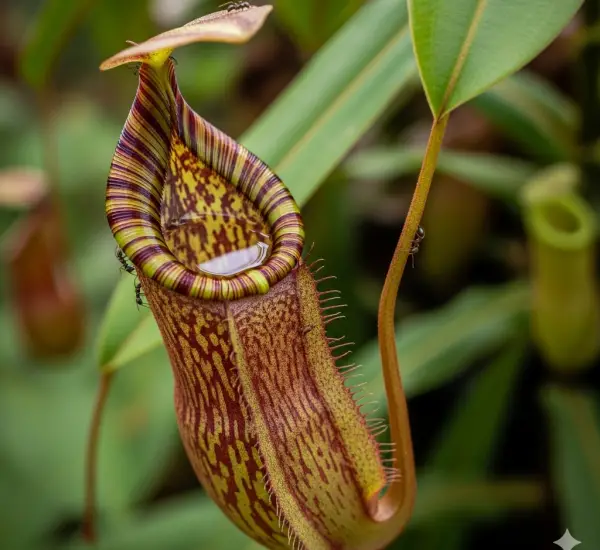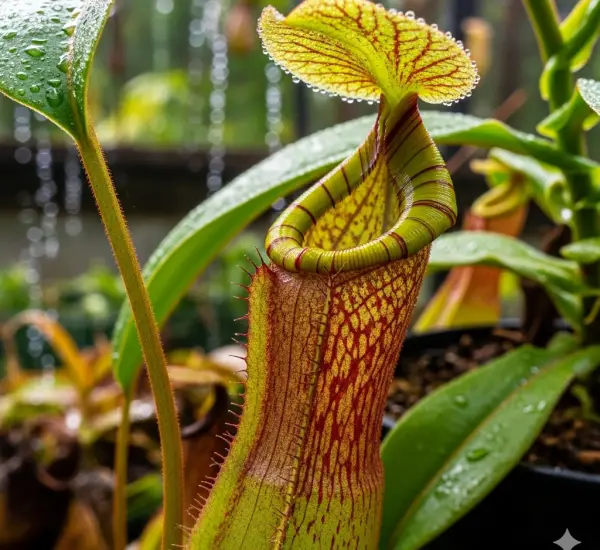At the beginning of the gardening season, I start by clearing the soil of weeds, twigs, and other organic debris that covered the garden during the fall and winter months. This material played a crucial role in protecting and enriching the soil over the colder season, but before planting, I remove it to prevent it from depleting nitrogen from the vegetables. If left in the soil, a significant amount of nitrogen would be consumed in the composting process, which could hinder plant growth.
One of the key elements of successful vegetable gardening is feeding the soil over the winter. The decomposing straw and organic matter contribute to soil fertility, enhancing its structure and microbial life. However, it’s important to clear out this material before planting to ensure that the nutrients remain available for the growing plants rather than being spent on the decomposition process. This practice is actually more important than just planting tomatoes; a well-prepared and nourished soil is the foundation of a thriving garden.
Interestingly, even though it’s not the main focus of today’s discussion, you can plant pumpkins in straw. This method is highly effective and is considered one of the biggest secrets to a successful garden. The straw helps retain moisture, suppress weeds, and create a nutrient-rich environment for the pumpkins to grow.
Now, let’s move on to preparing the planting beds for tomatoes. The first step in this process is digging planting pits. Each pit should be approximately 20 to 30 cm in depth and width, with a spacing of about 60 cm between them. This spacing allows for adequate air circulation and gives each seedling enough room to grow without competition.
This spacing guideline is a general rule for small gardens, ensuring that the plants develop strong and healthy root systems. Once the pits are prepared, the next step is to add manure. I personally use a combination of horse and goat manure, as both types provide essential nutrients to the soil. In each pit, I add about a quarter to half a shovel of manure. Precision is not necessary; what matters most is that the roots rest nicely on the nutrient-rich manure.
Feeding the soil over the winter plays a crucial role in the success of the plants. When the soil is well-nourished, the plants will grow vigorously, resulting in a bountiful harvest. After adding the manure, the next essential step is watering. Watering at this stage ensures that the soil is moist and ready to support young plants. This initial watering significantly helps the seedlings establish themselves and adapt to their new environment.
My mother, who has been gardening for years, is particularly diligent about watering. She often jokes that she creates small lakes in the planting pits. The soil absorbs the water quickly, which is a good sign of its quality and readiness for planting. Once the water is absorbed, the next step is to add mycorrhizae.
Mycorrhizae are beneficial fungi that form a symbiotic relationship with plant roots, extending their reach and helping them absorb nutrients more effectively. This is especially useful during periods of drought or when certain nutrients are lacking in the soil. Some gardeners suggest adding hardwood ash at this stage as a source of potassium, but I prefer to wait. In the early stages of growth, plants require nitrogen more than potassium. Potassium becomes crucial later when the plants start flowering and fruiting. So, there is still time to add the ashes when the plants actually need them.
Now, it’s time to plant the seedlings. After adding mycorrhizae to each pit, I gently place the seedling in the well-fertilized soil. At this stage, it can be helpful to slightly loosen the roots with your fingers to encourage them to spread out. Once positioned properly, I cover the roots with fine soil and ensure that the plant is firmly settled. With the high-quality soil and proper preparation, these seedlings will thrive.
This season, I am planting three different types of tomatoes. The first variety is cherry tomatoes, which are known for their small, sweet, and juicy fruits. The second type is the Valentine tomato, which grows tall and produces delicious fruits that ripen quickly—usually within a month. The third variety is the oxheart tomato, my personal favorite. Though it initially appears weak, it grows into a large and robust plant, producing flavorful tomatoes.
The oxheart tomato is planted in the same way as the other varieties, but extra care should be taken while handling its delicate seedlings to avoid breakage. This variety is grown from seeds harvested from last year’s plants, making it a true organic choice. My mother proudly refers to it as “fully organic.”
Once all the seedlings are planted, it’s essential to provide them with support. Young plants are fragile and can be easily damaged by strong winds. Staking the seedlings helps keep them upright and stable as they grow. I use wooden sticks to provide this support, ensuring that each plant has a sturdy structure to lean on.
The importance of staking becomes evident when unexpected weather conditions arise. A sudden strong wind can easily topple the young seedlings, potentially breaking them. By securing them early on, I protect them from such damage, giving them the best chance to grow strong and healthy.
By following these steps—clearing the soil, feeding it over the winter, properly spacing and fertilizing the planting pits, ensuring adequate watering, adding mycorrhizae, carefully planting the seedlings, and providing structural support—I set the stage for a thriving vegetable garden. This method has consistently proven successful, yielding abundant, healthy, and delicious tomatoes year after year.
As the plants grow, ongoing care, including proper watering, pruning, and additional nutrient supplementation, will ensure a productive season. With patience and dedication, the rewards of a well-maintained garden are plentiful, providing fresh, organic produce that is far superior to anything store-bought.
So, may these tomato plants grow strong and fruitful, bringing joy and nourishment throughout the season!



